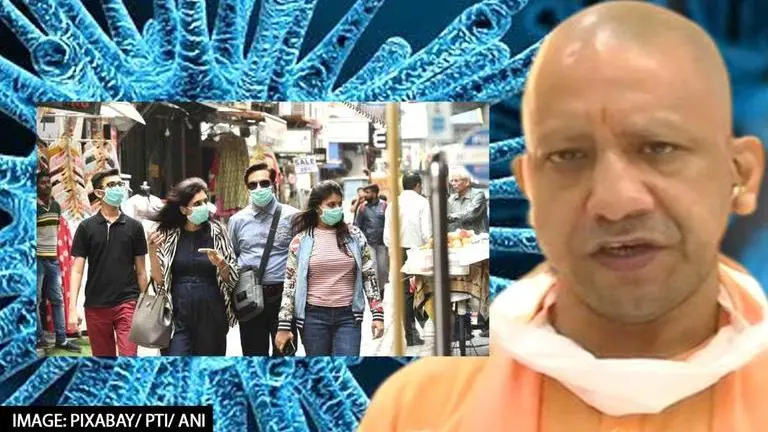Updated 11 October 2021 at 15:23 IST
UP COVID-19 'war model' hailed by IIT experts for managing economy, health infrastructure
From managing economic activities to monitoring the essential supplies, a team of experts from the IIT, Kanpur have hailed the UP’s COVID-19 war model
- India News
- 3 min read

As the number of COVID-19 cases in Uttar Pradesh stood at less than 150 on Sunday, 10 October and 18 new cases were registered in the state, a team of experts from the Indian Institutes of Technology (IIT), Kanpur have hailed the state’s COVID war model. From managing economic activities to monitoring the essential supplies, the Yogi Adityanath-led government’s handling of the pandemic was lauded by experts for its strategies, which were based on already proven models designed to tackle the health crisis.
In a recently released research paper, Professor Manindra Agrawal and his team from IIT Kanpur break down the strategies and their benefits. Agrawal and his team underlined the measures taken by the UP government during the second wave of the Coronavirus outbreak, which was significantly more deadly than the initial one.
The team elaborated that UP Model to tackle the COVID-19 pandemic can be divided into four points which include, ensuring livelihood, sustaining economy, augmentation of the healthcare and prevent further spread of the disease. The experts also noted that “Continuing economic activities risks rapid pandemic spread resulting in the collapse of healthcare infrastructure.” Hence, the prevention of spread and checking essential supplies are the most important aspect during a pandemic.
SUTRA model, TTTT approach used in UP
Agrawal and his team elaborated that the UP model to tackle COVID-19 was based on the ‘SUTRA Model’ which means ‘Susceptible, Undetected, Tested (positive), and Removed Approach’ and it is a mathematical model to the progression of Coronavirus pandemic. Additionally, for the livelihood of migrant and marginalised populations, the government ensured mobility, sustenance and employment.
Advertisement
The experts catalogued how the Yogi Adityanath-led government ensured mobility of workers by providing free bus services for returning workers, dedicating Shramik trains in partnership with Indian Railways, and giving ambulance services for sick workers. The UP government helped the sustainence of the population by the immediate transfer of Rs.1000 for migrant workers among other policies.
Based on a detailed study, the research paper stated that the “Unemployment rate of UP during the second wave was around half of the national rate.”
Advertisement
Meanwhile, for the healthcare manpower and infrastructure, the government embarked upon TTTT Approach which means Test, Track, Treat, Tackle. In Uttar Pradesh, there was a TTTT team per 1,000 people including two ASHAs, an Anganwadi worker and an Anganwadi helper. Other measures included capacity building by extensive training, building the largest network of hospitals for healthcare infrastructure, rolling out insurance schemes. The experts at IIT Kanpur also explained how efficiently UP managed its oxygen at the peak of the Coronavirus wave.
While the infection rate has been brought under control in Uttar Pradesh, Agrawal and his team noted the ongoing efforts of the government such as continuing the COVID-19 testing regime, vaccination drive and enhancing pediatric facilities along with improving oxygen infrastructure.
IMAGE: PTI/Pixabay/ANI
Published By : Aanchal Nigam
Published On: 11 October 2021 at 15:23 IST
